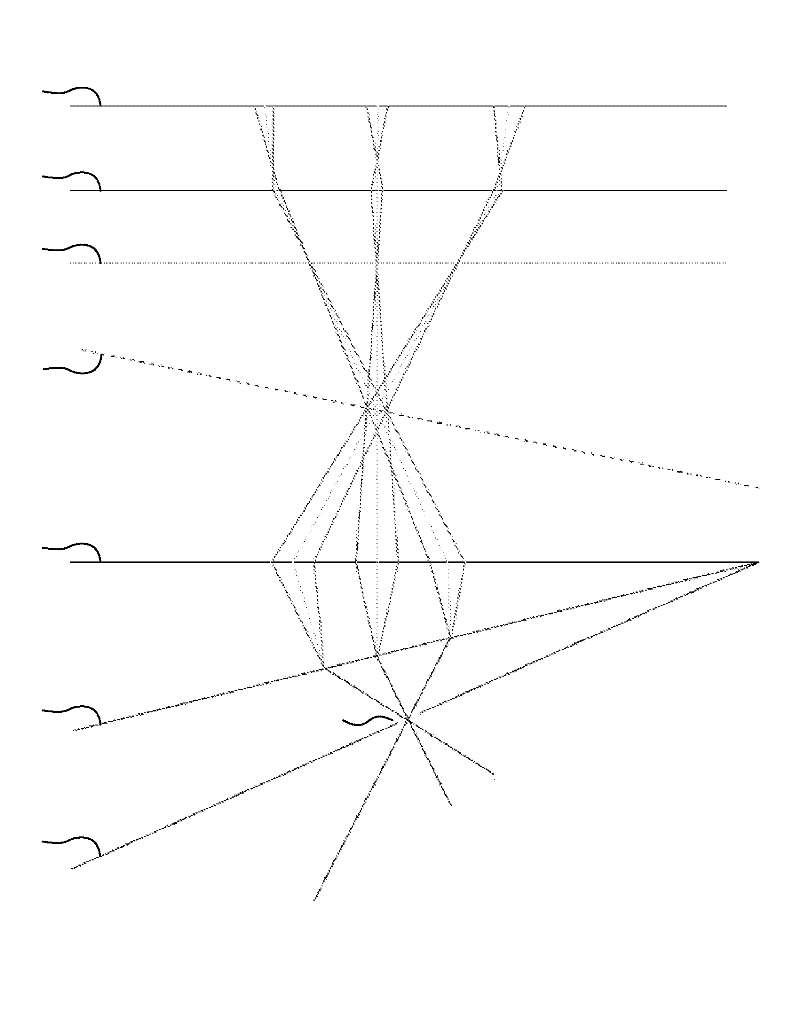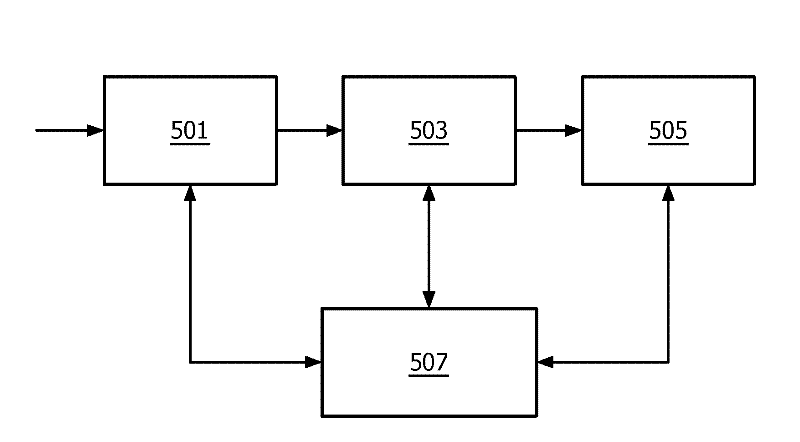Multi-spectral imaging
一种多光谱图像、多光谱的技术,应用在生成包括两个空间和一个光谱维度的多光谱图像领域,能够解决无法被容易地适配应用、牺牲光谱分辨率、滤光器昂贵等问题,达到改进时间性能、降低成本、减小尺寸/重量的效果
- Summary
- Abstract
- Description
- Claims
- Application Information
AI Technical Summary
Problems solved by technology
Method used
Image
Examples
Embodiment Construction
[0066] figure 2 An example of the various elements of a multispectral camera according to some embodiments of the invention is shown.
[0067] The multispectral camera comprises a light blocking element 201 comprising one or more holes 203 allowing light to pass through. For clarity, the following description will focus on an example in which a pinhole (or narrow slit) is provided in the light blocking element 201 , but it should be appreciated that in other embodiments more than one hole may be included.
[0068] In this example, the holes 203 have a maximum dimension (or for a slot a width of less than 1 mm) of less than 1 mm. In particular, the aperture 203 is so small that the direction / angle of the light rays from each object being imaged does not vary by more than, for example, 1° across the aperture, that is, rays originating from the same location are only in their opposite aperture 203 The holes can only pass through when the angles are within 1° of each other. In...
PUM
 Login to View More
Login to View More Abstract
Description
Claims
Application Information
 Login to View More
Login to View More - R&D
- Intellectual Property
- Life Sciences
- Materials
- Tech Scout
- Unparalleled Data Quality
- Higher Quality Content
- 60% Fewer Hallucinations
Browse by: Latest US Patents, China's latest patents, Technical Efficacy Thesaurus, Application Domain, Technology Topic, Popular Technical Reports.
© 2025 PatSnap. All rights reserved.Legal|Privacy policy|Modern Slavery Act Transparency Statement|Sitemap|About US| Contact US: help@patsnap.com



